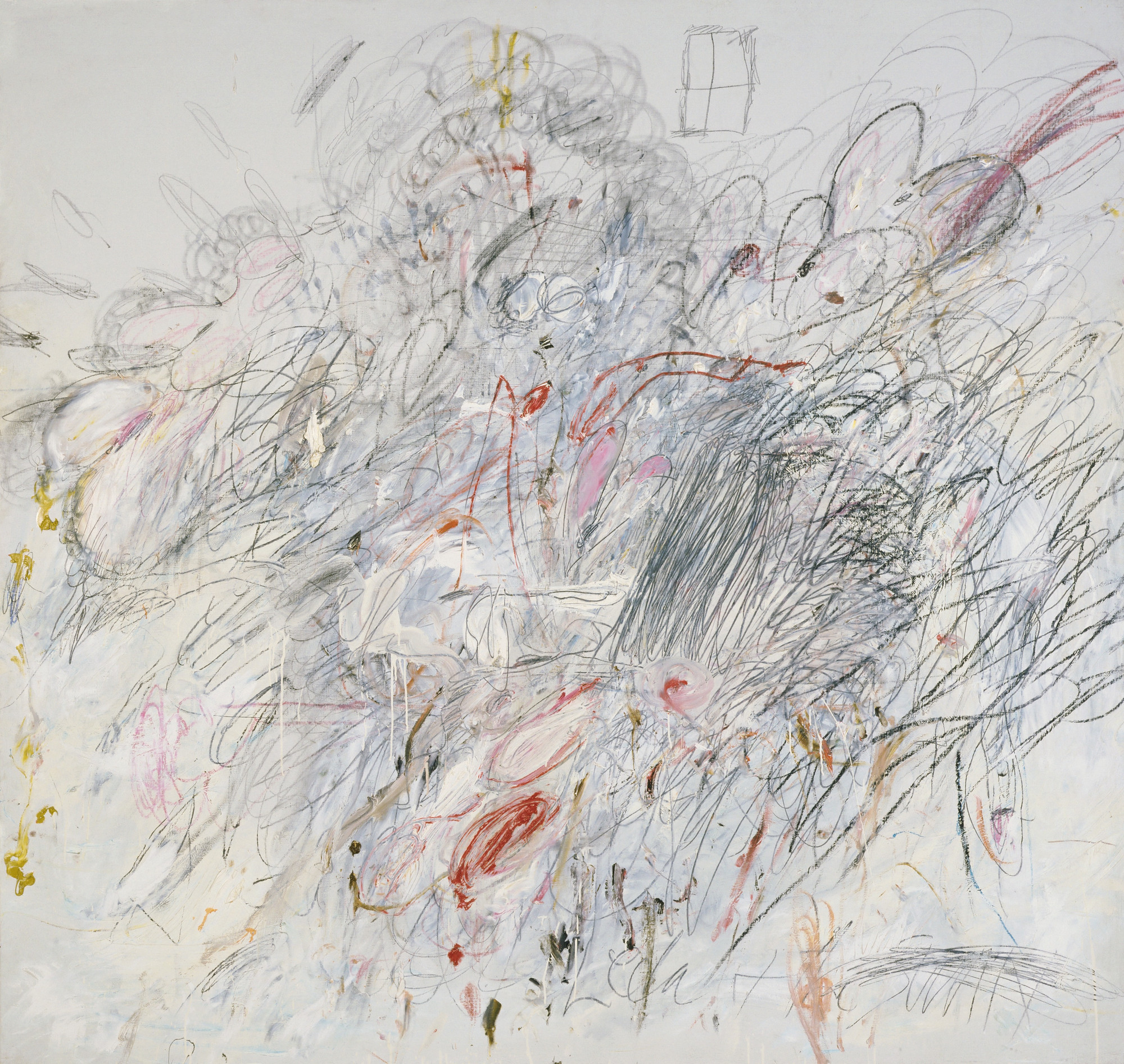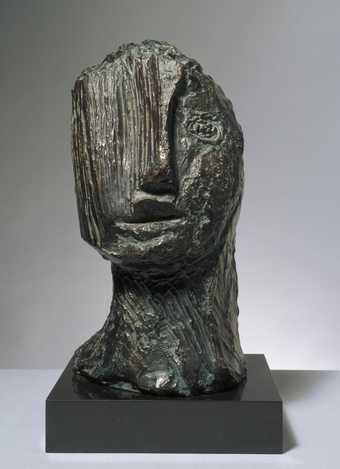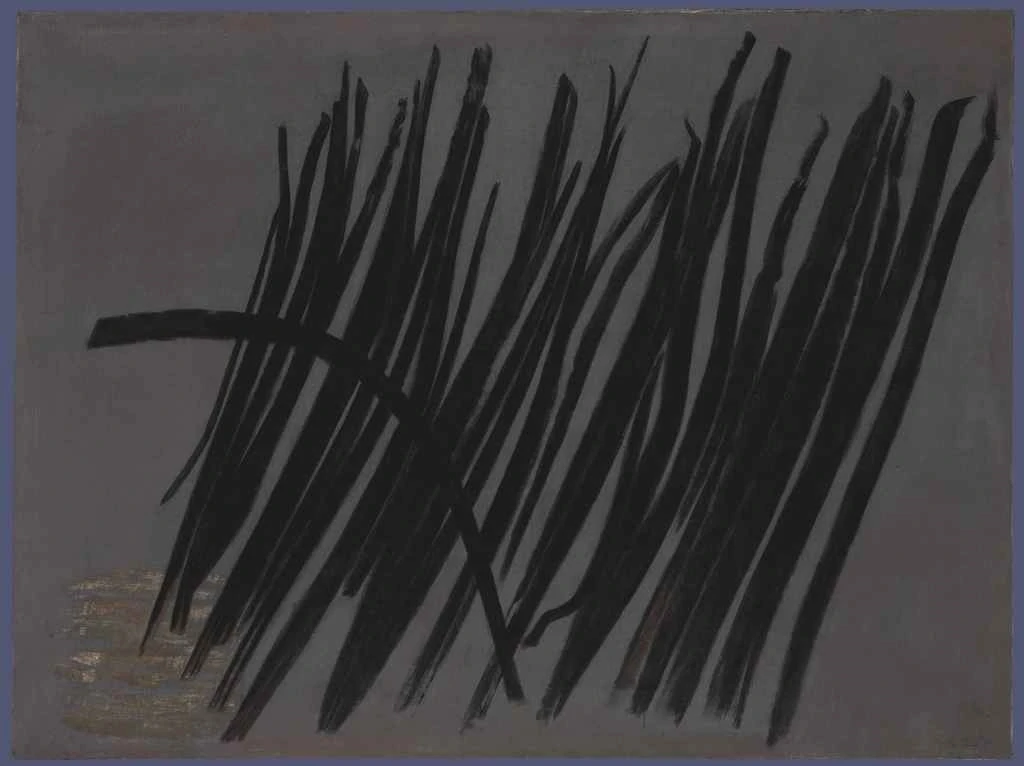 |
||||
|
Art Informel
Right: An example of Jean Fautrier's "Hostage Series" from 1943-1945. Art Informel, also known as "Tachisme" or "Informalism," was an art movement that emerged in the 1940s and 1950s. The art movement emerged in Europe in the aftermath of World War II. It is characterized by its use of spontaneous, gestural, and abstract forms, often created through an intuitive and emotional process. Art Informel is also known as Tachisme, a term derived from the French word tache, meaning "stain" or "blot," which refers to the movement's emphasis on the spontaneous and accidental marks made during the act of painting. The term "Art Informel" was coined by the French critic Michel Tapie in 1951, derived from the French word "informe," meaning formless or shapeless. It reflected the movement's emphasis on spontaneous and unstructured artistic expression. Art Informel artists rejected the rigid formalism and geometric precision of earlier movements such as Cubism and Constructivism, and instead sought to create art that was more expressive and organic. They often worked with non-traditional materials such as sand, tar, and even dirt, and emphasized the physical process of creating the work as much as the final product.
Right: Hans Hartung - "T1954-9" - 1954. Notable Art Informel Artists
Art Informel was not limited to painting, and artists working in this style also created sculpture, assemblage, and other forms of three-dimensional art. Many of these works featured irregular and organic shapes, and were often created through a process of adding and subtracting materials until the desired form was achieved. Art Informel had a significant impact on the development of abstract expressionism, which emerged in the United States in the 1950s. Many of the techniques and ideas pioneered by Art Informel artists, such as the use of gestural marks and the emphasis on the physical act of creating art, were later adopted by American artists such as Jackson Pollock and Willem de Kooning. Today, Art Informel continues to inspire and influence artists around the world, particularly those working in abstract and non-representational styles. Its legacy can be seen in various contemporary art movements, including Neo-Expressionism and postmodernism. Important Examples of Art Informel
|
|
|||
|
|
||||
 |
||||

